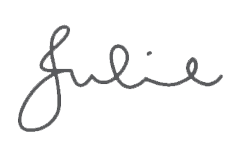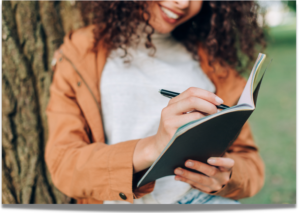Welcome to the inaugural issue of the StoryAWeek newsletter! I’m thrilled that you’re taking a chance on yourself and committing to showing up for your writing.
I’ve been digging into the archives at StoryADay and finding the short story prompts that have been the most effective over the past 12 years, at sparking actual stories. I’m updating them with everything I’ve learned over the years, adding strategies to help you start and finish your stories, and inviting to show up over and over again, throughout the year.
I love to hear from you, so I’ll have questions for you, periodically, about how it’s going and what you need to help you
Keep Writing,

The Prompt
If a picture says a thousand words that should save us some time, right?
Write A Story Inspired By A Picture
This could be a piece of art that you love, or you can go to the ‘Explore’ page of Flickr.com, or the front pages of Unsplash or Pexels, or browse the National Gallery of Art’s online collection and start poking about until you find a picture that speaks to you. (Do this quickly. Allow yourself no more than five minutes to find a picture. Choose the first one that stands out to you).
Write a story connected to that picture.
Keep the picture in mind as you go through your story.
Always bring it back to the impulse that made you choose the image.
Some questions to ask:
What was it in the picture that caught your eye? Does it represent something you, personally, dream of? Did it evoke a particular emotion (especially useful for abstract images) How can you give that dream/emotion to a character and what moment in their life could you write about where that dream or emotion bubbles to the surface, no longer to be denied? Could you start your story during that moment? How much information does the reader really need to identify with the character’s actions?
Who is in the character and what made them catch your eye? Who is the most prominent person? What might they be thinking as they do whatever it is they’re doing?
If the picture has no people in it, what kind of character would be most likely to be in that scene? Why are they there? Do they want to stay there? Do theywant to leave? What are they willing/not willing to do, in order to achieve that?
What kind of character would be least likely to be in that scene, and what has brought them there? What are they willing/not willing to do to get out of that situation? How could you show that? (hint: use dialogue and action to illustrate how they’re feeling, more than you use internal dialogue)
Writing The Story
The opening of the story should pull the reader in and intrigue them. Don’t start by describing the things you can see in your image. Instead, hook us on who is in the scene and what they think they want.
Give your character bags of personality and try to let it shine through as you let them interact with the scene you saw in the picture you chose.
Remember that though you are inspired by a visual image, reading is about all the senses. Try to use every other sense before you describe how things look (don’t worry if it feels odd. You can always edit it later!)
If the story starts to wander in the middle:
Come back to the emotion or spark that made you stop on that story. What question did you have about that scene or that person? What is happening for them in that moment?
Is everything in the middle of your story leading them closer to an answer (or to an understand that they’re on the wrong track)?
Have you introduced too much backstory or too many new characters? What’s the minimum information the reader needs to keep us invested in the question you want to answer in this story?
Wrapping it up
Remember that short stories don’t have to end neatly. As long as the reader feels that the story question has been answered you can end it any way you want.
Examples:
In “There Will Come Soft Rains” by Ray Bradbury, the central character is an apparently abandoned house that still operates on remote as if its people might be back any moment. The question is: what happened here? Where did the people go? Once that is answered, the story ends.
“To Do” by Jennifer Egan’s central question is, in my mind, a little more meta: why is someone calling this list a short story? When that becomes clear, it’s just a matter of giving the reader enough information to let them imagine the rest.
Tips for This Week
Try to write a complete story, but don’t let it expand into a novel.
Do some journaling about what went right and what could have gone better.
Celebrate yourself! You’re Doing The Thing! (Most people aren’t).
Did you write this week? Post on your socials with #storyaday and #storyaweek to let the world know!





 The secret to creating real accountability with a triad of other people in your life who want to get moving on their own stuff (even if they’re not writers).
The secret to creating real accountability with a triad of other people in your life who want to get moving on their own stuff (even if they’re not writers).